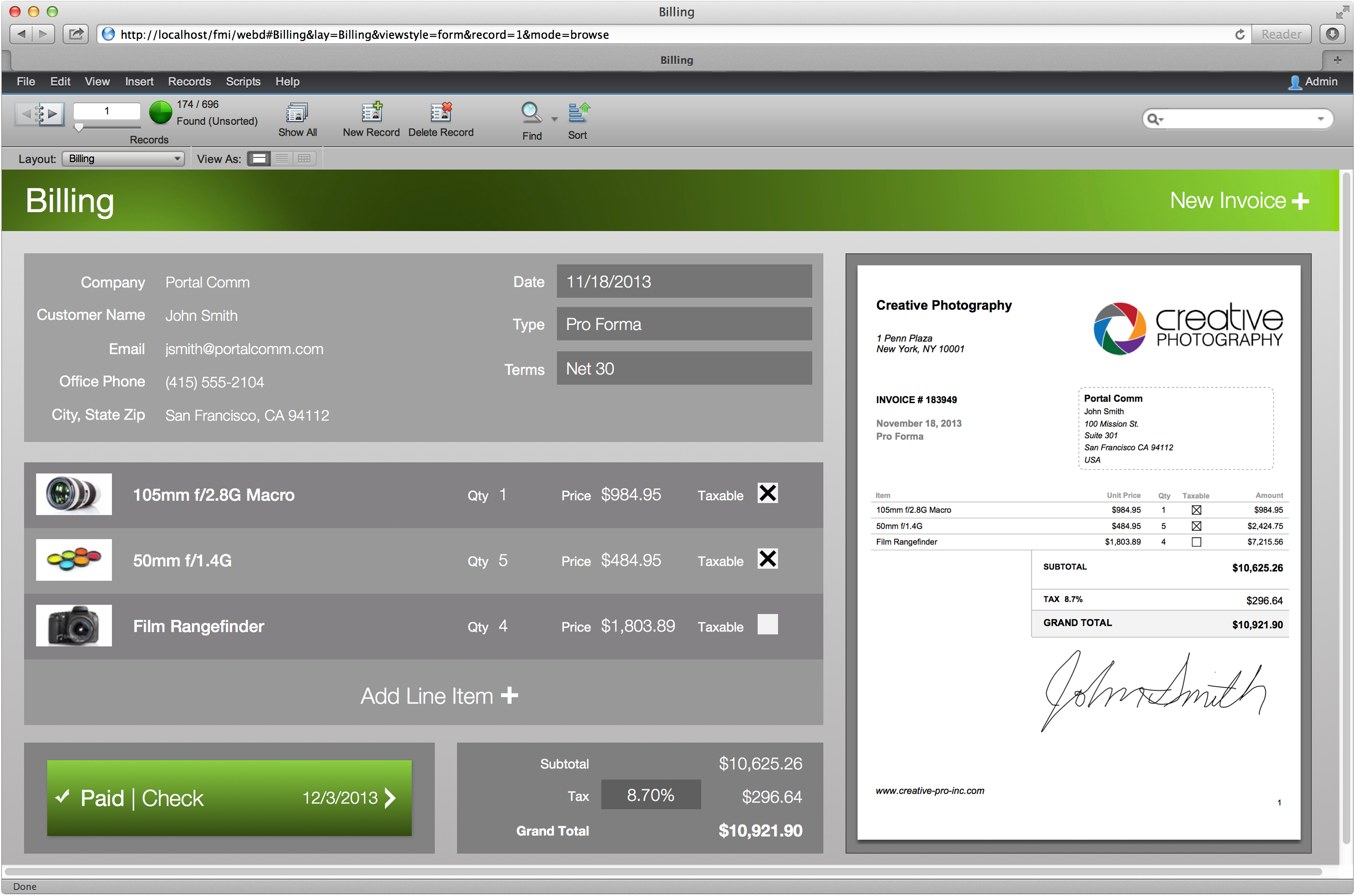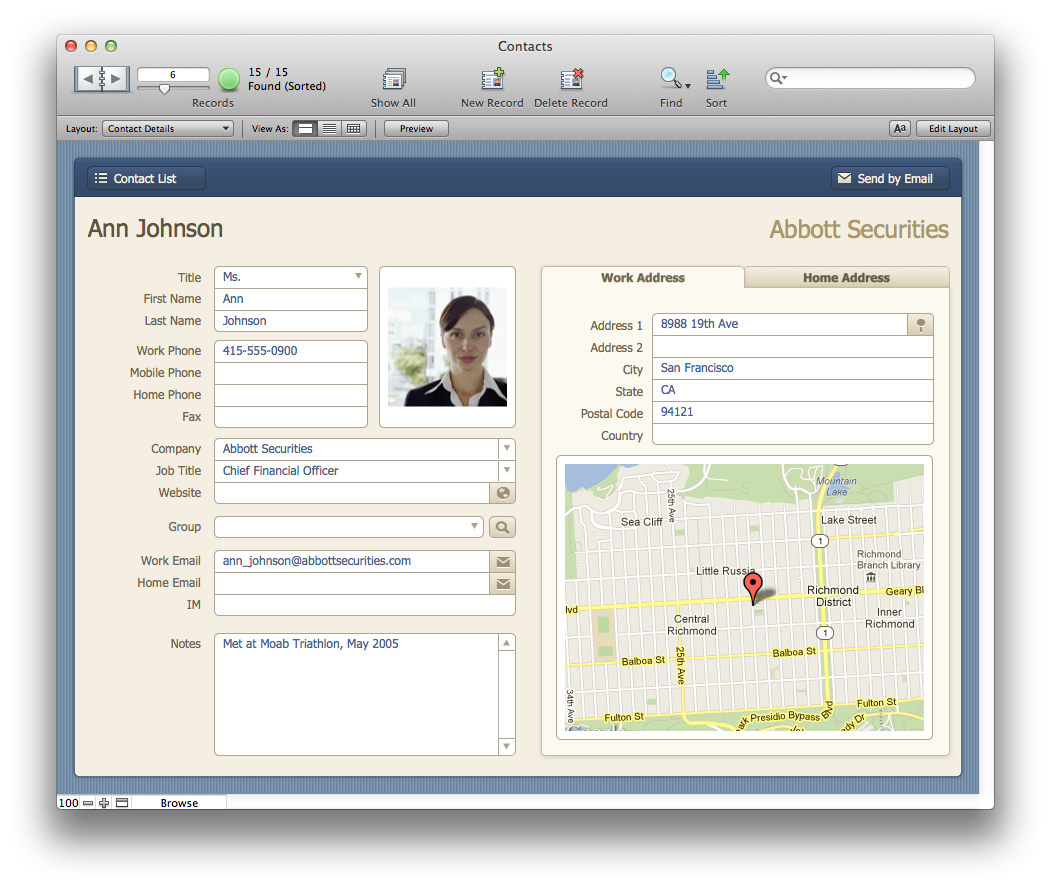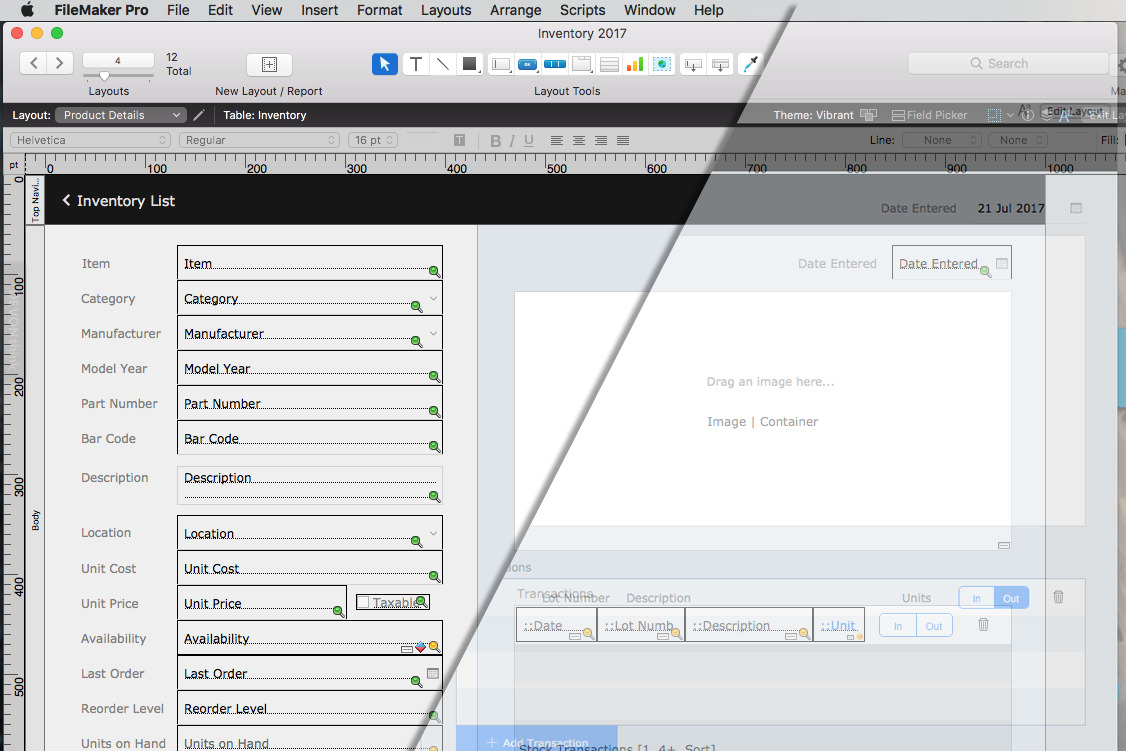

There are even more Microsoft programs that can be integrated with FileMaker using Microsoft Graph, such as Excel, Outlook, and Webhooks. You can reference all the functionality on their API Documentation. The potential of SharePoint and FileMaker integration using Microsoft Graph goes beyond this.
Filemaker pro database graph copy graphic code#
Then using the drive ID, you can use a PUT call to create the file in SharePoint! If it is successfully created, you will receive a JSON-response code with the information about the newly created item.Īnd in the documents in SharePoint, the new document is created! Next, use your Site ID to grab the drive ID where the document will be uploaded.Īgain be sure to set your authorization header with the access token. Below is the URL template.īe sure to set your authorization headers using the BE_HTTP_Set_Custom_Header and the access token before performing your GET call. In order to upload files, we will need to use them to grab your Site ID in SharePoint. With everything set in place, we can now upload documents through FileMaker into your SharePoint site.

Uploading Documents to SharePoint through FileMaker A JSON-encoded response will bring you the account and refresh tokens, which you can then use to talk to your SharePoint solution.įor more about how OAuth 2.0 works, reference the OAuth 2.0 Authorization Code Flow. Then using this, you can request a token to access your SharePoint site. Once you accept, you can grab the access code in the URL. You will need to call this in a web browser or Web Viewer in FileMaker using a URL. Now that we have our Microsoft Application set up, using the Application ID, Application Secret, Redirect URI, and Site Name we can talk to our SharePoint solution! The first step is getting the access code. For the purposes of this demo you will only need the ones referenced in the image or in our Demo file. Next you will need to allow Microsoft Graph Delegated Permissions. The Redirect URI is just the web page the user will go to after they allow access to the SharePoint application. Now add a new web platform, and allow implicit flow and enter in the Redirect URI. This is the only time you will be able to copy this password, so be sure to document it somewhere or else you will have to generate a new password.

Next you’ll need to create a new Application Secret (again, sometimes called Client Secret). Make note of the Application ID (sometimes called the Client ID), you’ll need this in your FileMaker solution. (If you don’t have a site already, you will need to create a site in SharePoint prior to this). If you go to Microsoft’s My Applications page you can either edit an existing application or create a new one. In order to allow FileMaker to talk to your SharePoint solution using Microsoft Graph, you will first need to set up a Microsoft Application to allow access using OAuth 2.0.


 0 kommentar(er)
0 kommentar(er)
